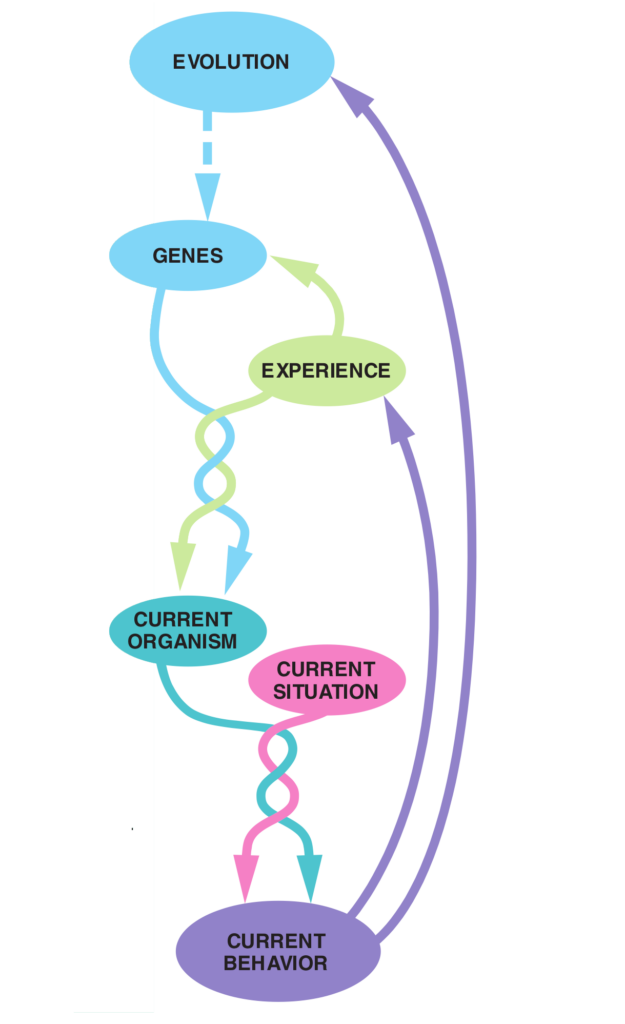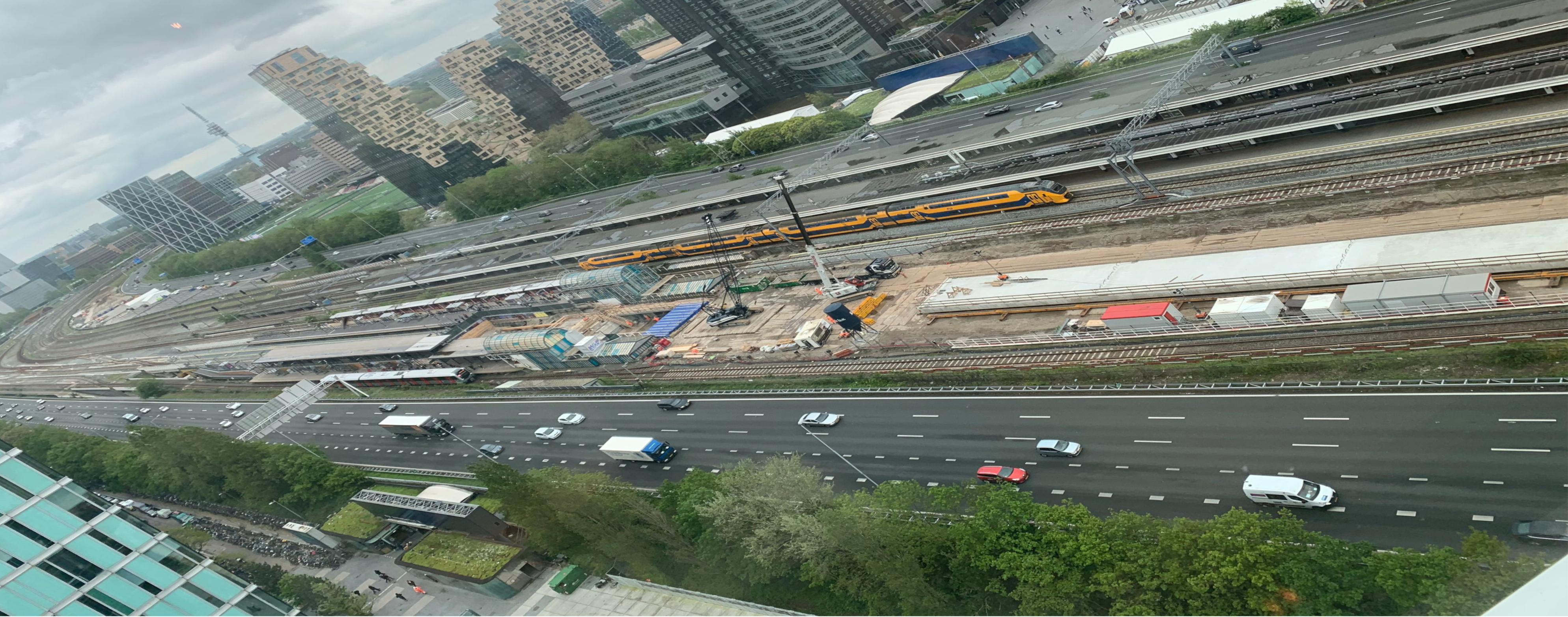Dutch Real Estate
The aim of this project is to place the Dutch real estate market in a broader context of society, human behavior and geography. By considering these broader societal and behavioral factors, stakeholders in the Dutch real estate market can gain a deeper understanding of the dynamics at play. This understanding helps them make informed decisions regarding development, investment, and urban planning, ensuring that the real estate market aligns with the needs and aspirations of the population.
The Dutch real estate market operates within a unique context shaped by various societal and behavioral factors, as well as the geographical characteristics of the Netherlands. The country is densely populated and heavily urbanized, with limited space and a scarcity of natural forestry due to its high population density and small land area.
One of the key challenges in the Dutch real estate market is the scarcity of space. With a growing population and limited available land, finding suitable areas for development becomes increasingly difficult. This scarcity has a direct impact on the availability and price of real estate, especially in desirable urban locations. Developers and investors constantly face the challenge of identifying appropriate land for new construction or repurposing existing properties.
The geographical features of the Netherlands further contribute to the complexities of the real estate market. The country’s low-lying geography necessitates extensive water management systems to combat flooding and protect against water-related risks. As a result, there are natural constraints on land use, particularly in areas prone to flooding or those with regulations limiting construction near water bodies. These constraints influence the availability and suitability of real estate for development. However, the Netherlands also benefits from its abundance of water resources. With its proximity to the North Sea, as well as rivers and lakes, the country has developed water-related infrastructure and activities. Ports, marinas, and waterfront properties thrive in such an environment, making them highly valuable in the real estate market. Moreover, the extensive water management system from dykes, canals and polders that is build in centuries to control and to (re)gain territory from the water until this very day, can also give rise to opportunities in the real estate market.
From a behavioral perspective the aim of this project is to find greater understanding in human group and individual behavior in the real estate markets in the context of everything from milliseconds of brain activity to millions of years of evolution. Human behavior in general is the (by)product of contemporary environmental influences acting upon ancestrally designed mental and physical hardware and insights in this field can additionally help to explain and predict human behavior patterns in the Dutch real estate market.
In recent years, sustainability and environmental considerations have gained significant importance in the Dutch real estate market. The scarcity of natural resources, including land, has prompted a strong focus on energy efficiency, green building practices, and sustainable urban planning. Government regulations and societal awareness of the need for sustainable development have driven this emphasis. The aim is to create environmentally friendly and efficient structures that align with the country’s commitment to sustainable growth.
Cultural factors also play a role in shaping the real estate market in the Netherlands. Dutch society places great value on quality of life, livability, and social cohesion. This influences the demand for specific types of real estate, such as affordable housing, mixed-use developments, and neighborhood amenities. The preferences and lifestyles of the population, such as the popularity of cycling and the desire for communal spaces, contribute to the design and use of real estate projects.
The geographical features of the Netherlands further contribute to the complexities of the real estate market. The country’s low-lying geography necessitates extensive water management systems to combat flooding and protect against water-related risks. As a result, there are natural constraints on land use, particularly in areas prone to flooding or those with regulations limiting construction near water bodies. These constraints influence the availability and suitability of real estate for development.
However, the Netherlands also benefits from its abundance of water resources. With its proximity to the North Sea, as well as rivers and lakes, the country has developed water-related infrastructure and activities. Ports, marinas, and waterfront properties thrive in such an environment, making them highly valuable in the real estate market.
Sustainability and environmental considerations have gained significant importance in the Dutch real estate market. The scarcity of natural resources, including land, has prompted a strong focus on energy efficiency, green building practices, and sustainable urban planning. Government regulations and societal awareness of the need for sustainable development have driven this emphasis. The aim is to create environmentally friendly and efficient structures that align with the country’s commitment to sustainable growth.
Cultural factors also play a role in shaping the real estate market in the Netherlands. Dutch society places great value on quality of life, livability, and social cohesion. This influences the demand for specific types of real estate, such as affordable housing, mixed-use developments, and neighborhood amenities. The preferences and lifestyles of the population, such as the popularity of cycling and the desire for communal spaces, contribute to the design and use of real estate projects.
By considering these broader societal and behavioral factors, stakeholders in the Dutch real estate market can gain a deeper understanding of the dynamics at play. This understanding helps them make informed decisions regarding development, investment, and urban planning, ensuring that the real estate market aligns with the needs and aspirations of the population while promoting sustainability and harmonious growth.

